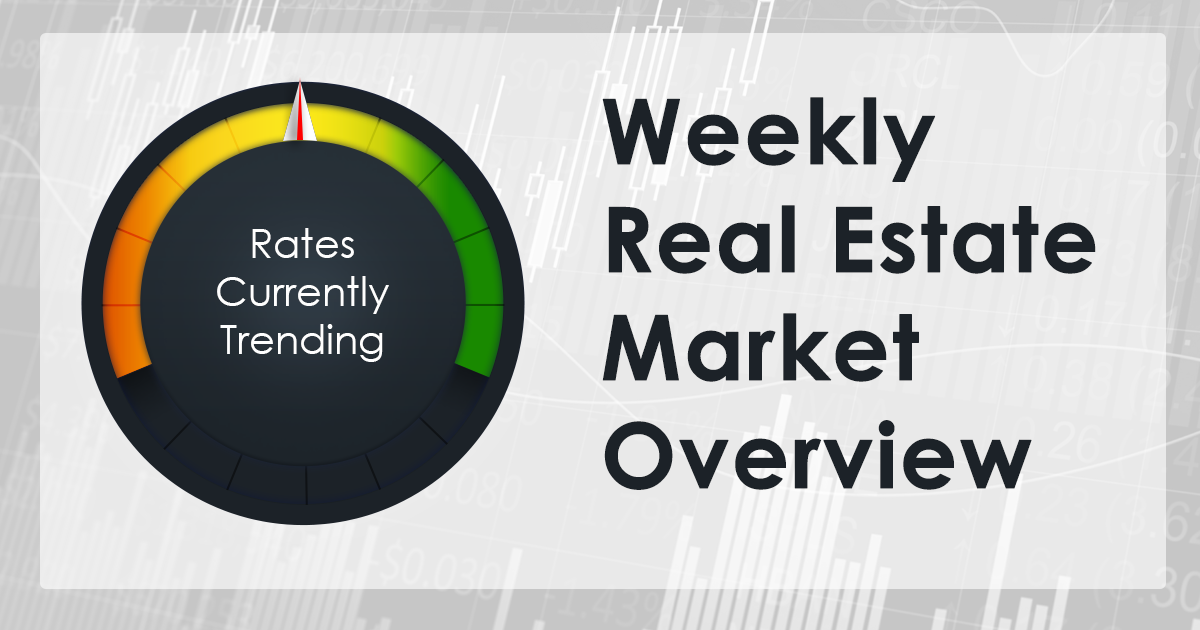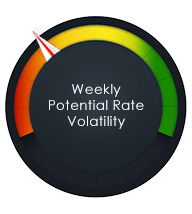
More homeowners mean fewer renters
___
Published Date 4/30/2018



Realtor Report
More homeowners mean fewer renters
According to the National Association of Realtors, rising wages, loosening credit standards and demographic shifts are combining to create momentum for owning a home rather than renting one.
With the homeownership rate rising for the fifth consecutive quarter, it held steady at 64.2%, unchanged from the prior quarter and its highest level since 2014. The share of Americans who own a home rose from the prior year, from 63.6% in the first quarter of 2017.
When homeownership rates rose last year for the first time in more than a decade, it marked a turning point in the recovery, during which home prices have risen sharply, and credit standards were initially very tight, blocking many renters from buying homes.
With 1.3 million owner households created over the last year and the loss of 286,000 renter households, it reveals the fourth consecutive quarter in which the number of renter households declined from the same quarter a year earlier. According to experts, this will place downward pressure on rents.
The NAR credits wages and looser credit standards have helped bolster demand for homes in the last year, while Fannie Mae made it easier for borrowers to take on more debt by the middle of last year. Demographics trends go hand in hand with all this as members of the large millennial generation are entering they are early to mid 30s, when people typically marry, have children and purchase their first home.
This trend may not last, as interest rates rise and new tax changes may diminish the benefits of homeownership. The rate for a 30-year, fixed-rate mortgage is now at the highest level since August 2013, according to data released by Freddie Mac on Thursday.
Limited inventory and rising prices are also making it difficult for the younger generation, driving fierce bidding wars and individuals able to pay cash or make large down payments, according to the NAR article, which adds, “The homeownership rate for households headed by someone 35 years or younger declined to 35.3% from 36% the prior quarter. Nonetheless, it rose a full percentage point from 34.3% in the first quarter a year ago—the fifth consecutive quarter it has gone up on an annual basis.”
It also cites that the homeowner vacancy rate declined to 1.5% from 1.7% a year earlier, according to the Census data, down significantly from the recent peak of 2.8% during the housing bust in 2008 and close to the level seen in the early 1990s, according to Tian Liu, chief economist at Genworth Mortgage Insurance.
Source: Realtor.com, Wall Street Journal, TBWSThis Week's Mortgage Rate Summary
How Rates Move:
Conventional and Government (FHA and VA) lenders set their rates based on the pricing of Mortgage-Backed Securities (MBS) which are traded in real time, all day in the bond market. This means rates or loan fees (mortgage pricing) moves throughout the day, being affected by a variety of economic or political events. When MBS pricing goes up, mortgage rates or pricing generally goes down. When they fall, mortgage pricing goes up.
Rates Currently Trending: Neutral
Mortgage rates are trending sideways this morning. Last week the MBS market improved by +3bps. This moved mortgage rates sideways last week. We could see increased rate volatility this week.
This Week's Rate Forecast: Neutral
Three Things: These are the three areas that have the greatest ability to impact mortgage rates this week. 1) Fed, 2) Jobs and 3) Domestic.
1) Fed: The Federal Reserve Open Market Committee (FOMC) will start two days of meetings on Tuesday and Wednesday at 2:00 pm ET. They'll release their latest interest rate decision and policy statement. Currently, the market only has about a 33% chance baked in of a rate hike at this meeting primarily because it does not have a live press conference with the Fed Chair Jerome Powell.
2) Jobs: We get a tremendous amount of labor and or wage-related data this week that culminates in Friday's Unemployment Report. The bond market will be paying very close attention to the first revision to the March NFP report and the YOY Average Hourly Earnings which came in at 2.7% in March. Throughout the week, we have ADP Private Payrolls, Challenger Job Cuts, Initial Weekly Jobless Claims, Unit Labor Costs, and some internal components of Chicago PMI and the ISM releases.
3) Domestic Flavor: Besides a bevy of jobs related data, we get some significant releases this week. We start off with PCE (The Fed's official measure of inflation) and key readings in manufacturing with Chicago PMI, ISM Manufacturing, Factory Orders and Productivity. We also receive data on the services sector which is more than 2/3 of our economy with the ISM Non-Manufacturing reading.
This Week's Potential Volatility: Average
Mortgage rate volatility was relatively low today. The rest of the week has the potential to be different story. As denoted above, we receive a lot of jobs and inflation related data that has the ability to move rates higher or lower.
Bottom Line:
If you are looking for the risks and benefits of locking your interest rate in today or floating your loan rate, contact your mortgage professional to discuss it with them.
Source: TBWSAll information furnished has been forwarded to you and is provided by thetbwsgroup only for informational purposes. Forecasting shall be considered as events which may be expected but not guaranteed. Neither the forwarding party and/or company nor thetbwsgroup assume any responsibility to any person who relies on information or forecasting contained in this report and disclaims all liability in respect to decisions or actions, or lack thereof based on any or all of the contents of this report.
http://nmlsconsumeraccess.org/


Peter Sweeney
Loan Officer
License: NMLS 87705
Lake City Mortgage
1875 N Lakewood Dr #102, Coeur dAlene ID
Office: 208-640-5626
Cell: 208-640-5626

Peter Sweeney
___
Loan Officer
License: NMLS 87705
Cell: 208-640-5626
 Lake City Mortgage
Lake City Mortgage